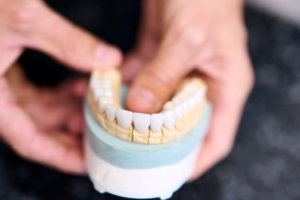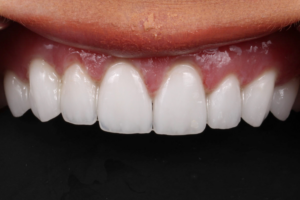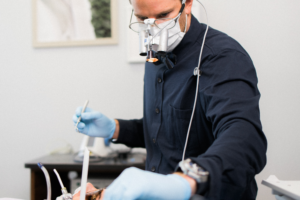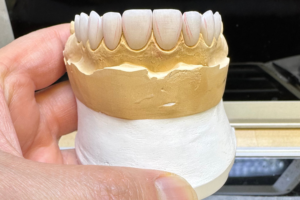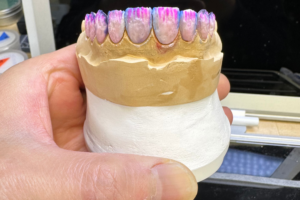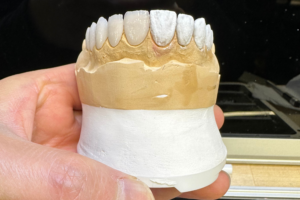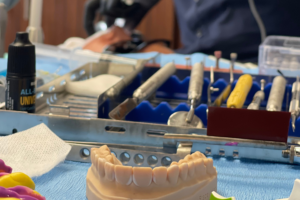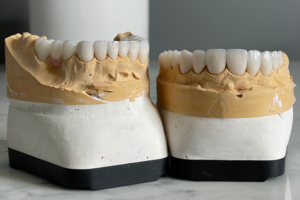 Keflex Side Effects: What to Expect
Keflex Side Effects: What to Expect
Recognizing Common Reactions: Mild Symptoms and Timeline 🕒
Start by paying attention to early, mild signs: a low-grade fever, slight rash, or stomach upset often appears within 24–48 hours. In my own clinic, patients describe these sensations as subtle but persistent, like a background hum that fades as the course ends. Knowing typical timing helps you decide when to watch and when to call.
Diarrhea, nausea, and mild headache usually resolve within days with hydration and rest, but worsening symptoms require prompt contact with your clinician. Reactions vary widely; some people are unaffected while others notice discomfort occassionally.
Severe Signs Demanding Urgent Medical Attention 🚨

A sudden change can feel alarming; imagine a fever spiking with a rash spreading fast. Fear is natural, but swift action matters.
If breathing worsens, lips swell, fainting occurs, or severe diarrhea with blood appears, act immediately. Do not ignore worsening signs.
These could be signs of anaphylaxis, liver injury or C. difficile; record when symptoms occured and seek emergency care. Seek help.
Stop keflex if directed, call your provider or 911, and bring medication info; quick response saves lives. Do not drive yourself if dizzy; have someone arrange transport.
Digestive Disturbances: Nausea, Diarrhea, Appetite Changes 🍽️
You might feel queasy within the first day or two after starting keflex, and that small twist in your stomach can be more than an annoyance. Mild nausea often fades as your body adjusts, but eating bland foods and staying hydrated helps.
Diarrhea is a common companion; if stools become loose or frequent, monitor for dehydration and avoid antidiarrheal meds without advice. Some people experience both nausea and bowel changes at once.
Appetite may dip, making meals unappealing; try small, frequent portions to keep energy up. Probiotics or yogurt can Occassionally ease symptoms, but discuss with your provider before starting supplements.
If symptoms worsen or you notice blood, severe pain, or fever, seek medical attention.
Allergic Responses: Rash, Swelling, Breathing Trouble 🤧

I started keflex for a skin infection and within two days a faint itchy rash crept across my forearm. Small red bumps felt harmless at first, but the voice in my head kept asking whether this was a minor irritation or the start of something more serious.
Watch for swelling around the face, lips or throat, plus wheezing, chest tightness or lightheadedness — these signs suggest a dangerous allergic reaction and need immediate care. The timeline is often rapid: reactions can appear within hours, though occassionally they begin after several days.
If you suspect an allergy to keflex stop the medication and seek emergency help for breathing issues. For mild rashes, contact your clinician for alternatives and consider allergy testing later; keep a record of the event to help future prescribing decisions. Tell all healthcare providers about this reaction immediately.
When Antibiotics Affect Your Microbiome and Yeast Balance 🦠
I remember feeling uneasy after a prescription; antibiotics can shift gut communities quickly, changing digestion and energy. Tiny allies vanish, leaving a different balance that makes you notice cravings, bloating.
With keflex the risk of yeast overgrowth rises; occassionally oral thrush or vaginitis emerges as bacteria that normally keep fungi in check are reduced, producing abdominal discomfort and noticeable discharge.
To restore balance, consider probiotics, yogurt, and fiber-rich foods; spacing doses and finishing the course helps. If severe diarrhea, fever, or persistent thrush develop, contact your clinician promptly for advice.
Managing Reactions: Prevention Tips and Helpful Remedies 🌿
When side effects start, pause and note timing; simple steps often ease discomfort and prevent escalation, like staying hydrated and journaling symptoms daily.
Preventive measures include taking medicine with food if advised, avoiding alcohol, and finishing the full course unless directed otherwise by your clinician.
For mild nausea or diarrhea, Occassionally consider probiotics, plain foods, small meals, and over-the-counter remedies after consulting your pharmacist or doctor first though.
Seek urgent care for severe symptoms; keep allergy info visible, and document any side effects to aid future prescribing decisions and communicate. Mayo Clinic - Cephalexin FDA Label - Cephalexin (Keflex)


